Ten Thousand Buddhas Monastery is a quirky, unique treasure found some 400 steps above Hong Kong.
Walk along a path lined by golden Buddha statues striking innumerable poses ranging from elated to solemn and everything in-between.
Table of Contents
Ten Thousand Buddhas Monastery
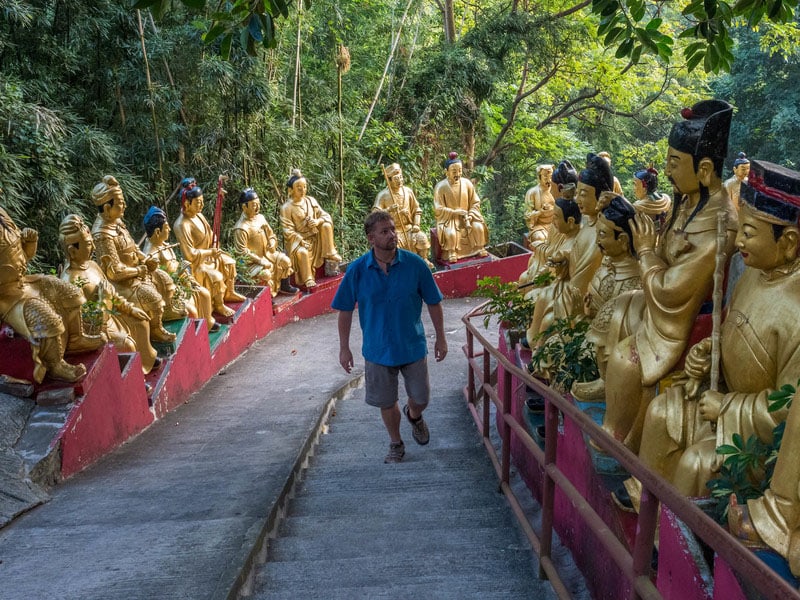
The Ten Thousand Buddhas Monastery is perhaps one of the city’s most memorable cultural sites.
Unlike most temples in Hong Kong visiting this one is a great way to channel some delightful, playful vibes.
What is the 10,000 Buddhas Monastery About
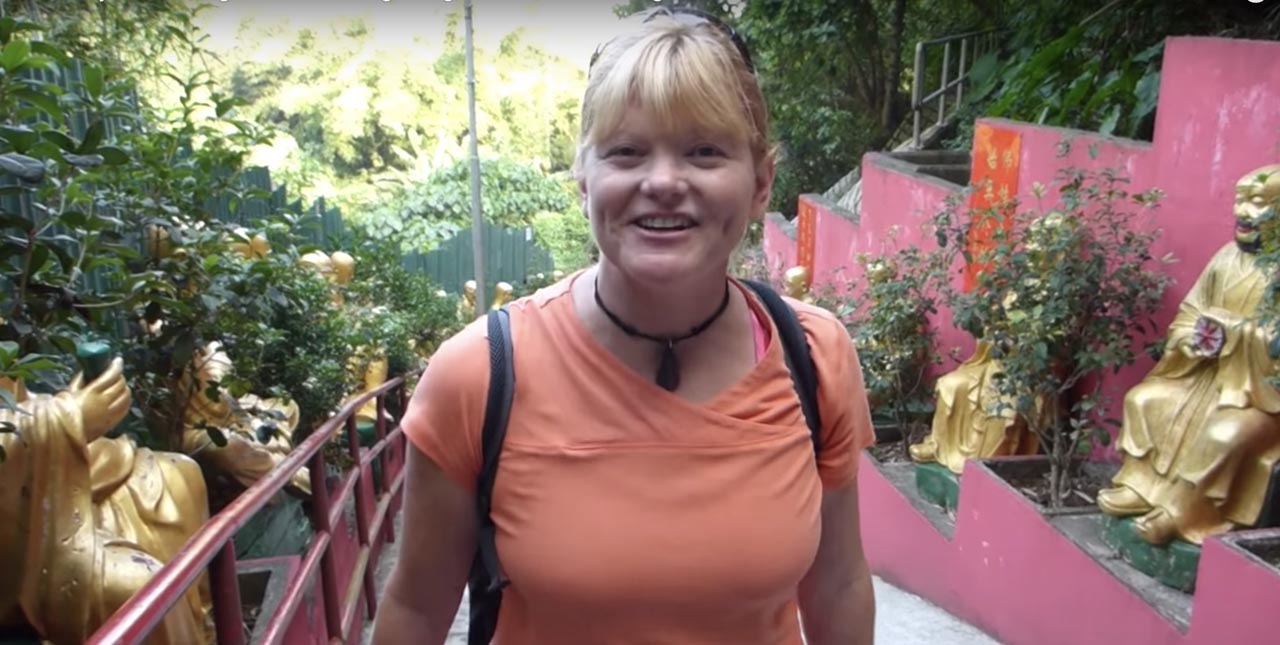
Overlooking the lush Sha Tin district in northeastern Hong Kong lies a unique temple brimming with golden Buddha statues and other aesthetic delights.
The Ten Thousand Buddhas Monastery is a one-of-a-kind Buddhist temple of the 20th-century that does not, despite its name, have any monks residing within it.
Managed only by day workers, this historic temple and its adjacent pagodas are must-sees for anyone visiting Hong Kong.
About the Golden Buddhas
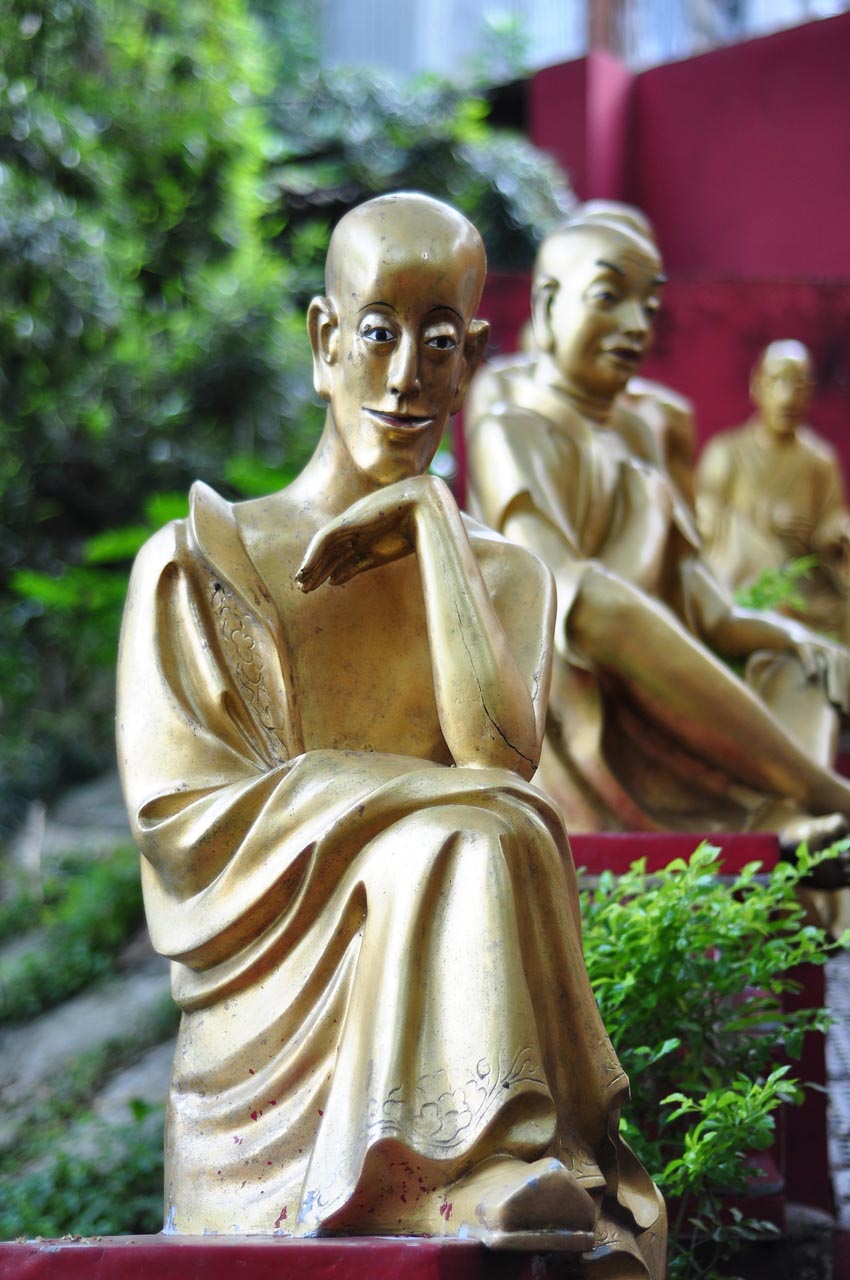
The temple itself is surrounded by over 10,000 gold Buddha statues, and the site is also home to hundreds of monkeys who regularly make their appearance!
The statues range from life-sized to miniature and line both the walkway leading to the temple as well as the walls of the temple itself.
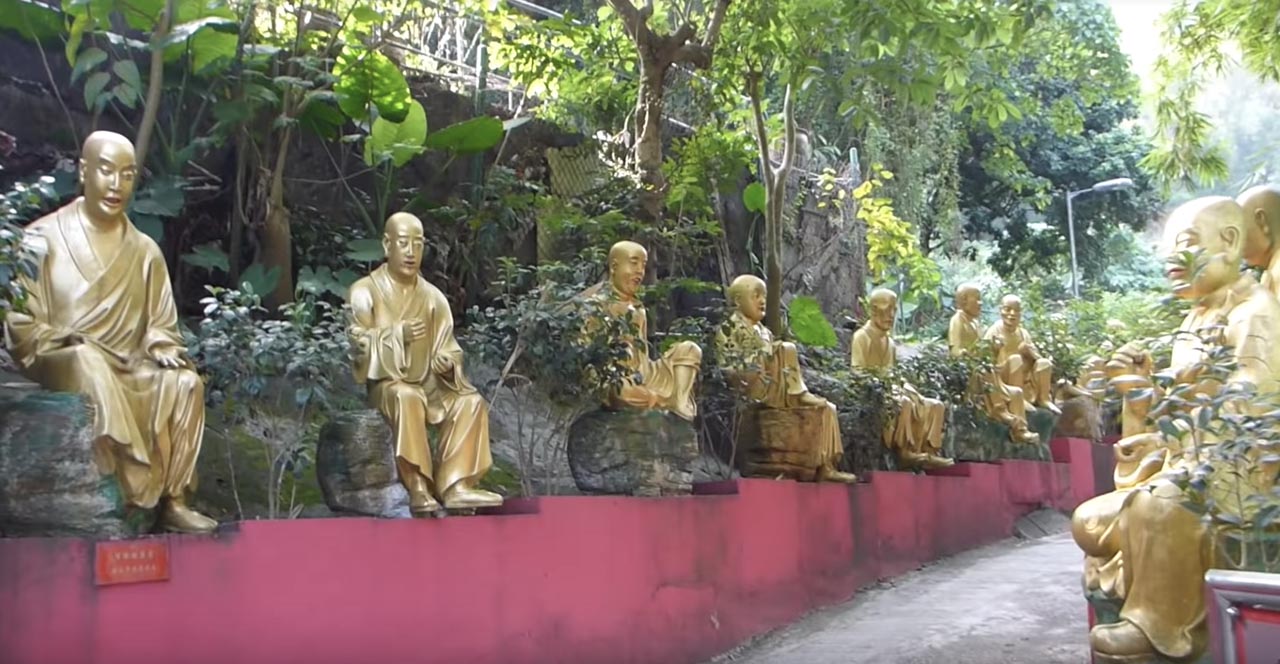
The entire complex is rather expansive, containing a number of halls and pavilions, along with a nine-storey pagoda surrounded by, yes, even more, Buddha statues.
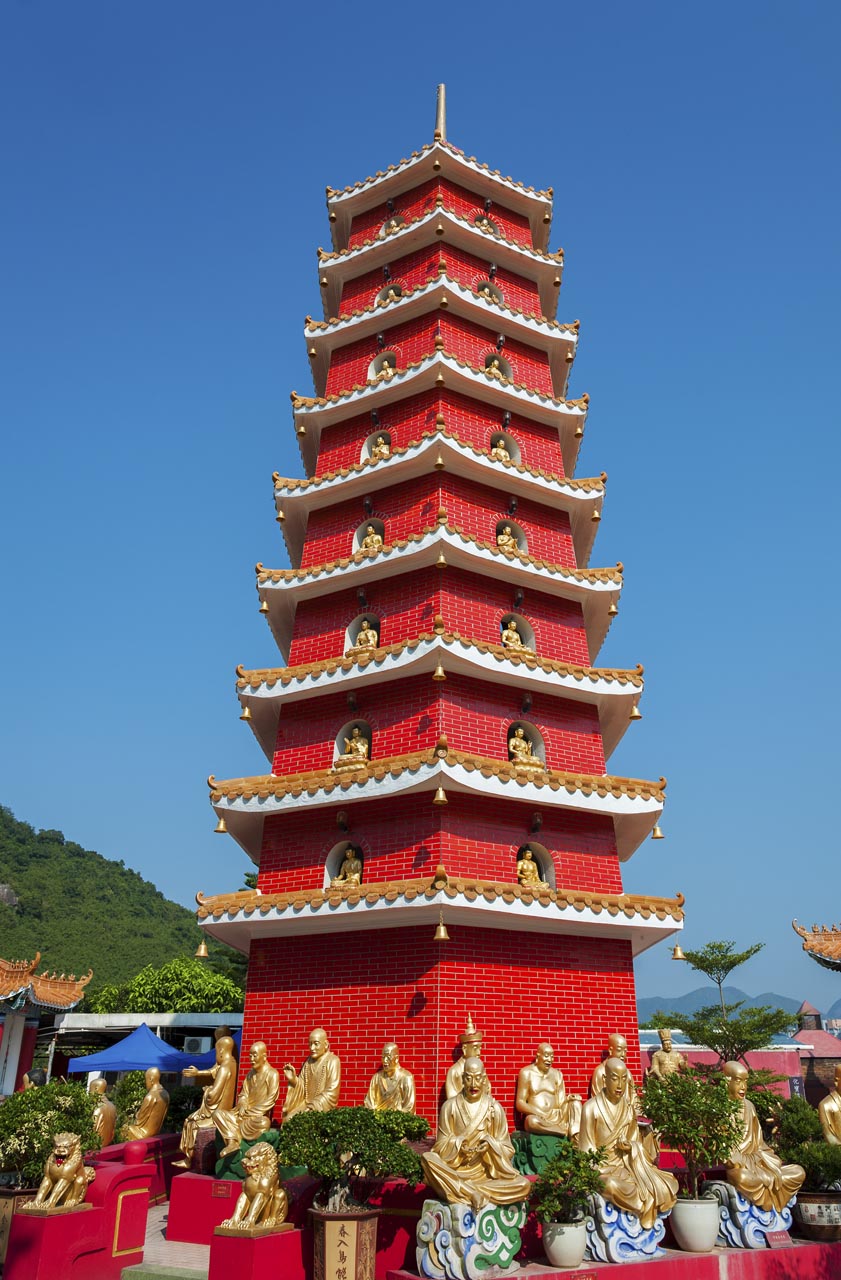
Dancing, praising the heavens, grinning, grimacing, or simply meditating—you name it—there’s a Buddha statue doing just that at the Ten Thousand Buddhas Temple!
From the top of the temple, panoramic views are far from lacking, allowing visitors to take in the sheer magnitude of the place and fully feel the sense of wonder it evokes.
History of 10,0000 Buddhas Monastery, Hong Kong
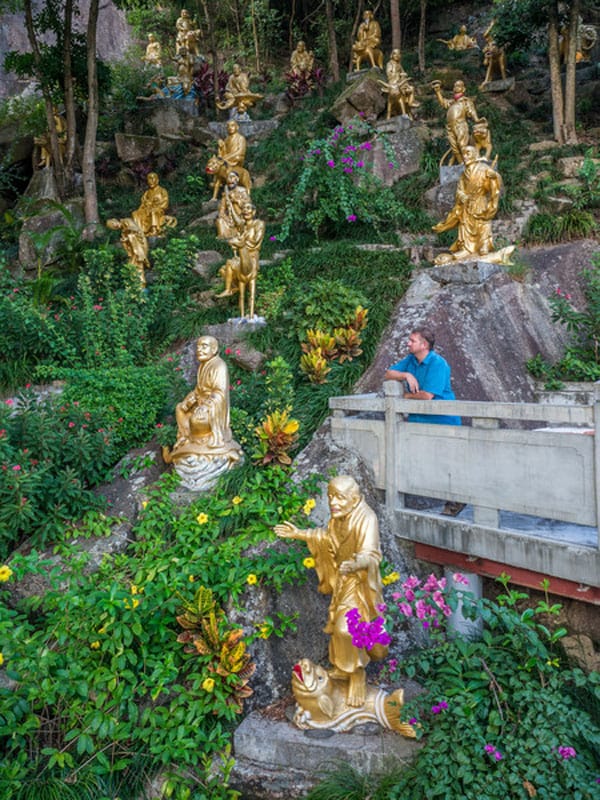
The Ten Thousand Buddha Monastery is actually much younger than it looks.
It was first built in 1951 under a Buddhist monk and teacher named Yuet Kai, and completed six years later.
The Buddhas, however, took an additional 10 years to complete.
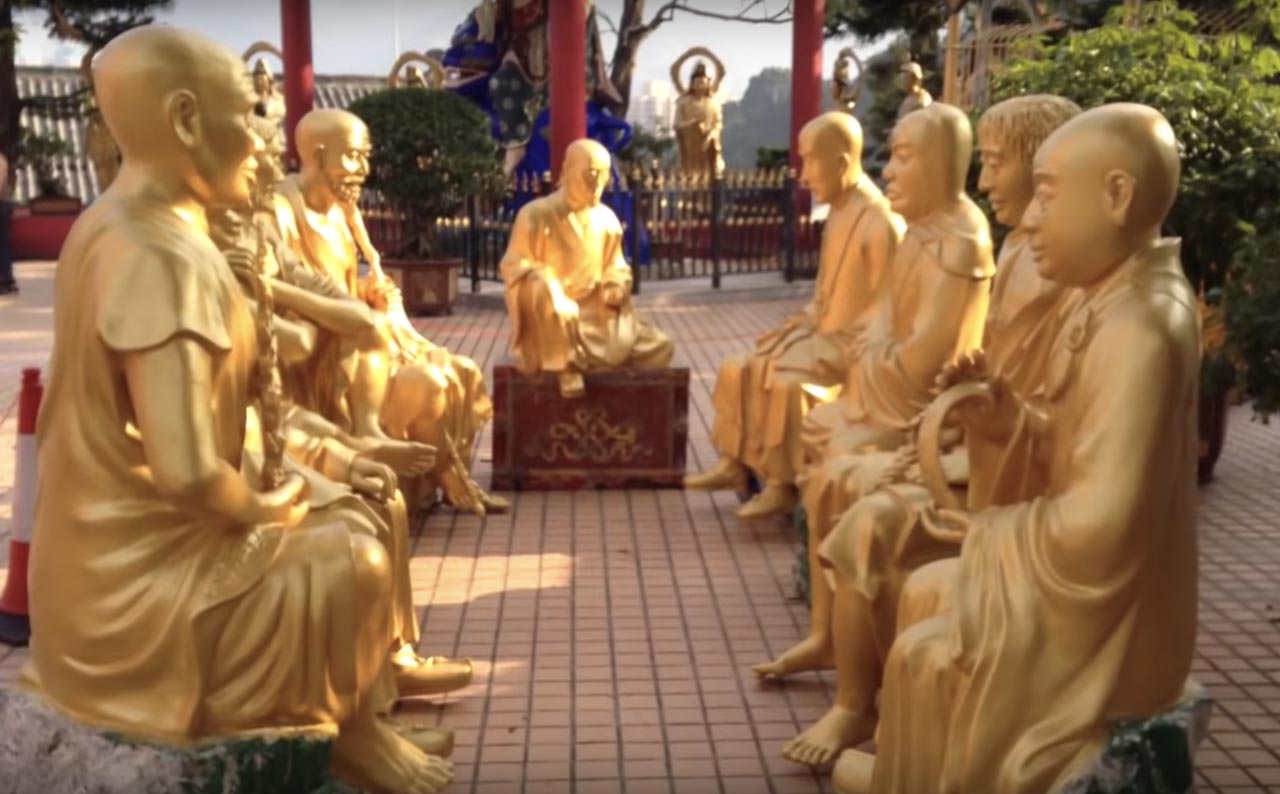
At the end of the 20th-century, the monastery was struck by tragedy after one of its caretakers was killed in a mudslide. Afterwards, it closed for three years while the grounds were repaired.
Buddha Monastery History
Even before the monastery was built, the site was home to a temple which was donated to Yuet Kai for the purpose of establishing a Buddhist college (which proved to be unsuccessful).
Instead, Kai decided to build the monastery that stands so brilliantly today.
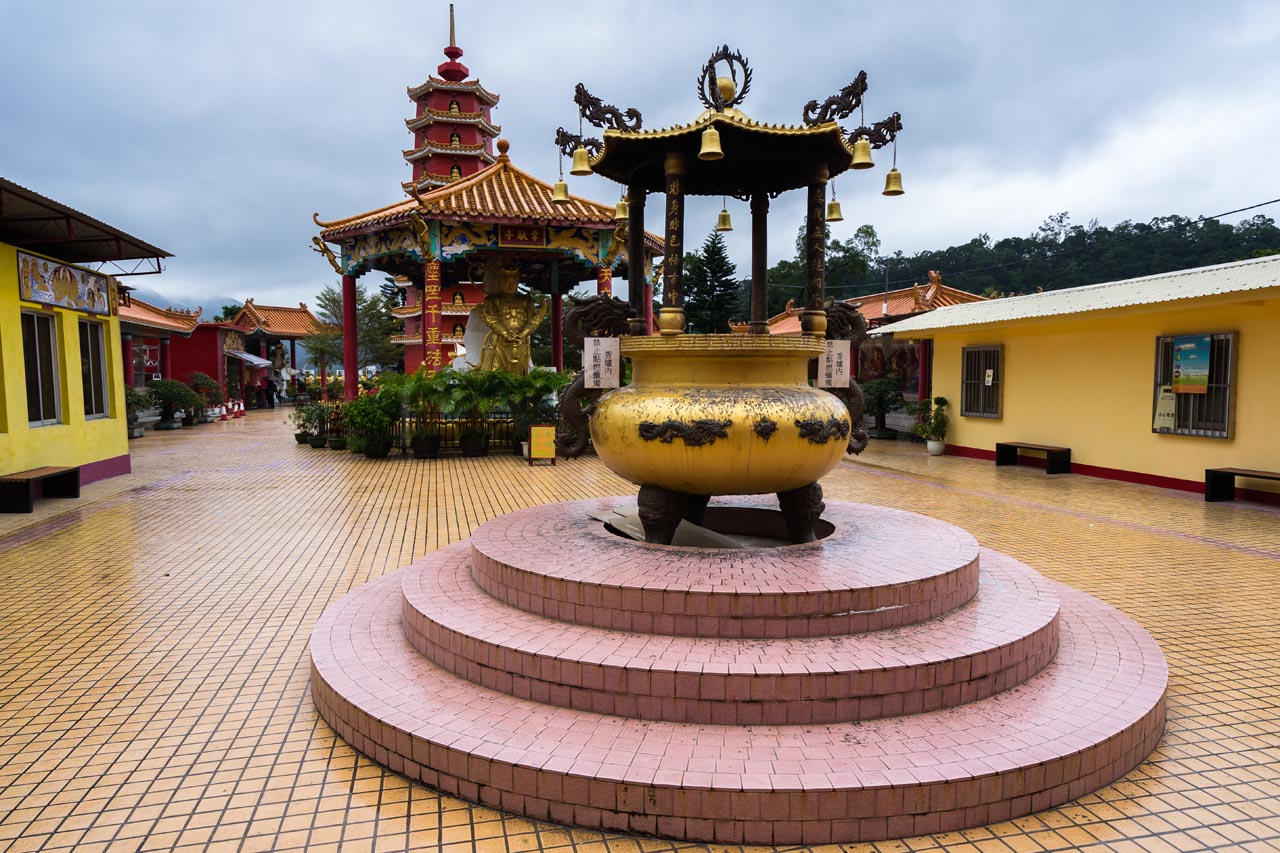
Oddly enough, there are far more than 10,000 buddhas on the monastery’s grounds (a number closer to 12,000 is more accurate).
Why the name, then? In Cantonese, the number 10,000 is used to denote extremely large numbers—which is why the temple was named as such.
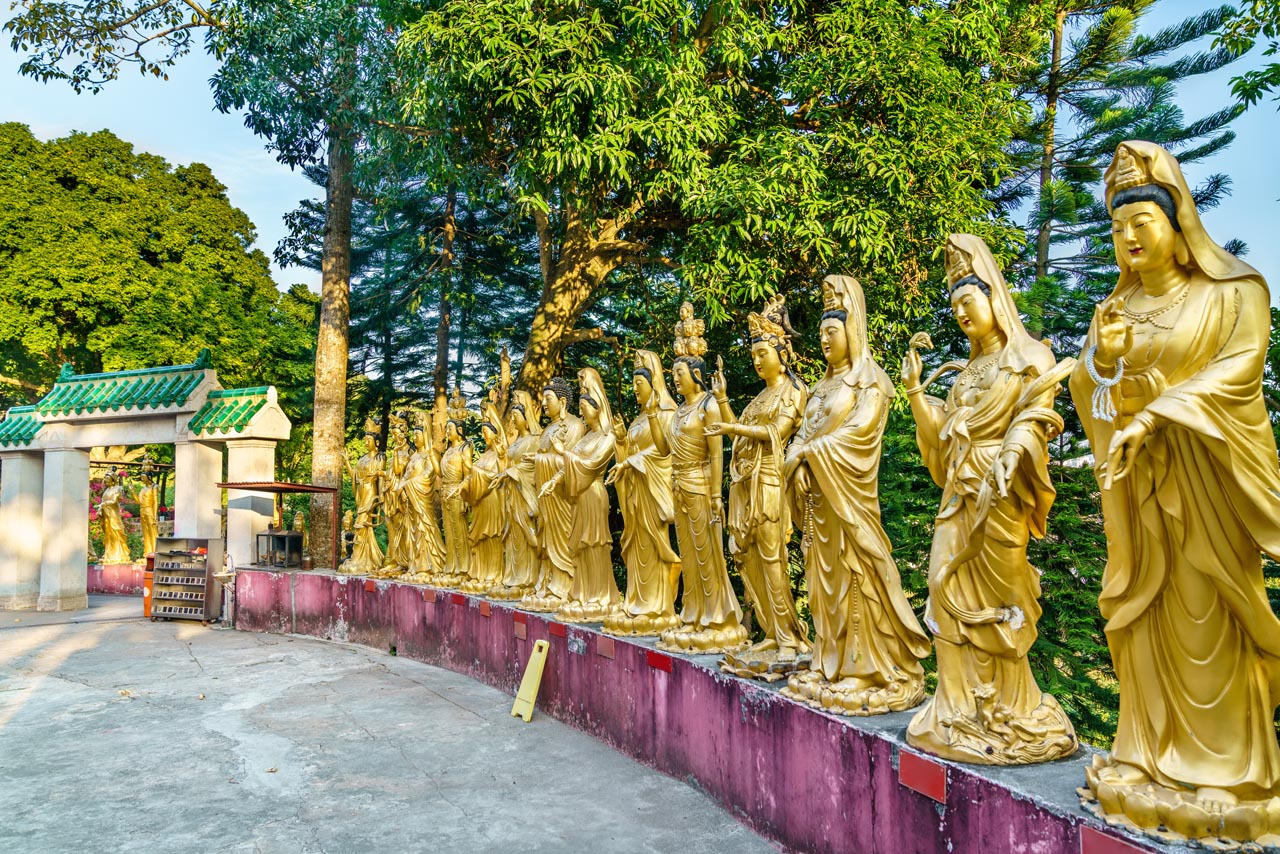
Following Yuet Kai’s death, his body was embalmed, clothed in robes, painted in gold, and placed in a glass display in front of the pavilion’s main altar.
Today, visitors can see what is claimed to be his remains—a figure covered in gold leaves in a lotus pond.
What to expect at the Buddha Monastery
A temple as unique as the Ten Thousand Buddha Monastery no easy hike—literally!
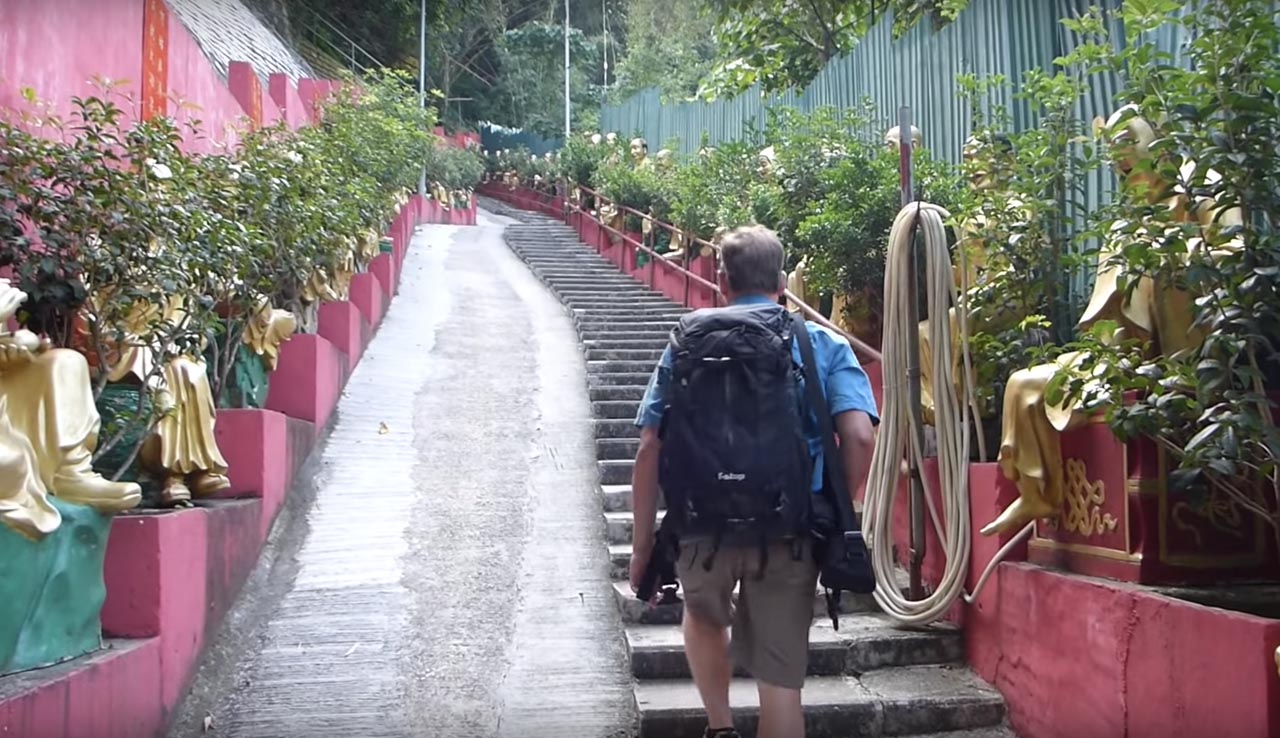
Visitors must trek up over 400 steep steps to get to the temple, wander through overgrown foliage and past a rusted chain-link fence.
This trek is all part of the adventure, and the many Buddha statues that line the staircase are sure to keep great company.
Monkeys at the Ten Thousand Buddhas
What makes this journey even better is the fact that monkeys are well at home throughout the site, popping up along the pathway leading to the main pavilion, and swinging from surrounding trees.
They’re friendly but often a bit confrontational—the monkeys at this monastery are known to sometimes snatch food out of visitors’ hands, so snack at your own risk!
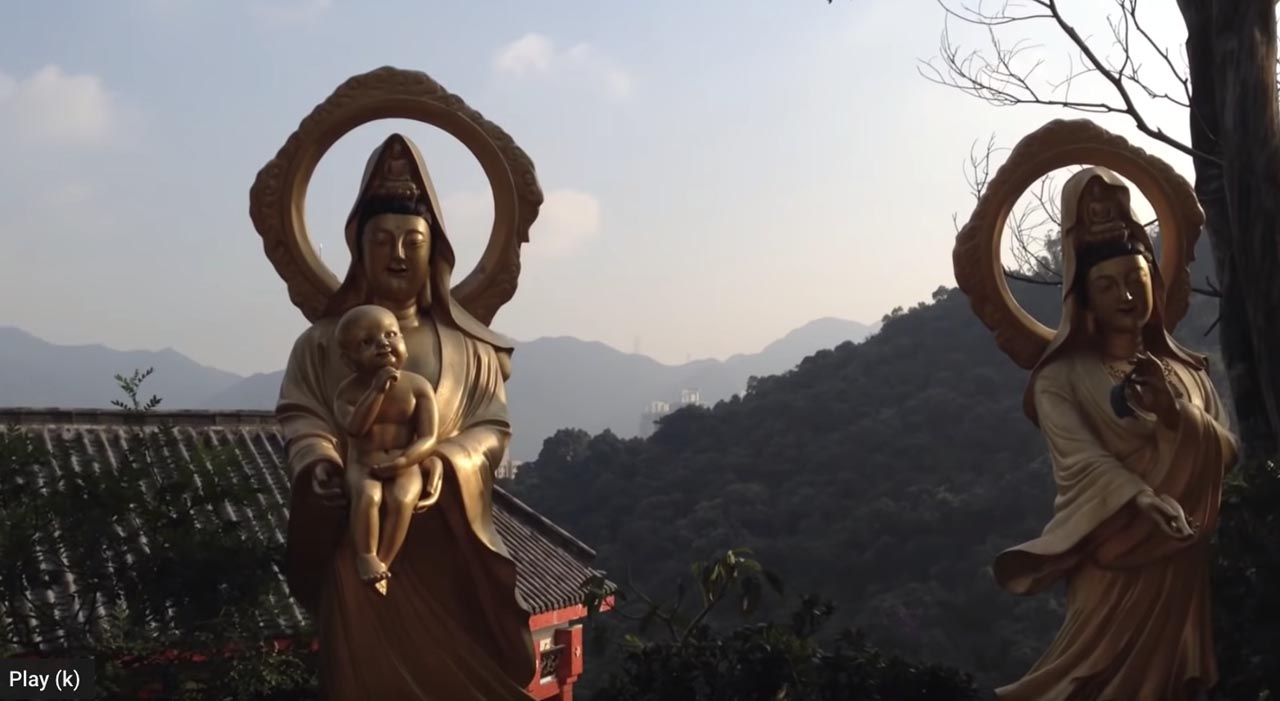
There’s also a koi fish pond that provides an additional level of Zen.
Tips for visiting Ten Thousand Buddha Monastery
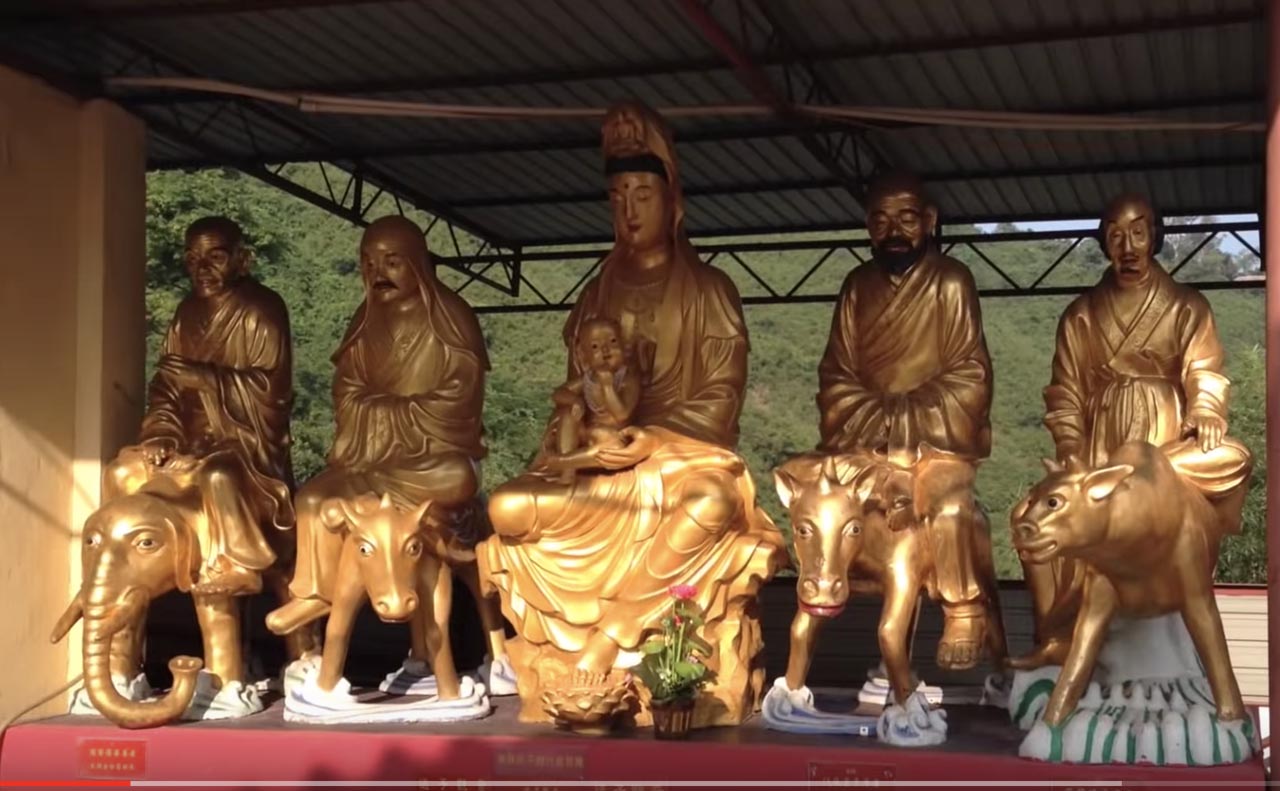
The Ten Thousand Buddha Monastery is located about an hour by subway from Hong Kong’s central district.
It is about a 10-minute walk from Sha Tin Station.
Though there are surprisingly few signs depicting the walkway which leads to the site, don’t fret—there are sure to be visitors heading in the same direction, and when in doubt, simply ask!
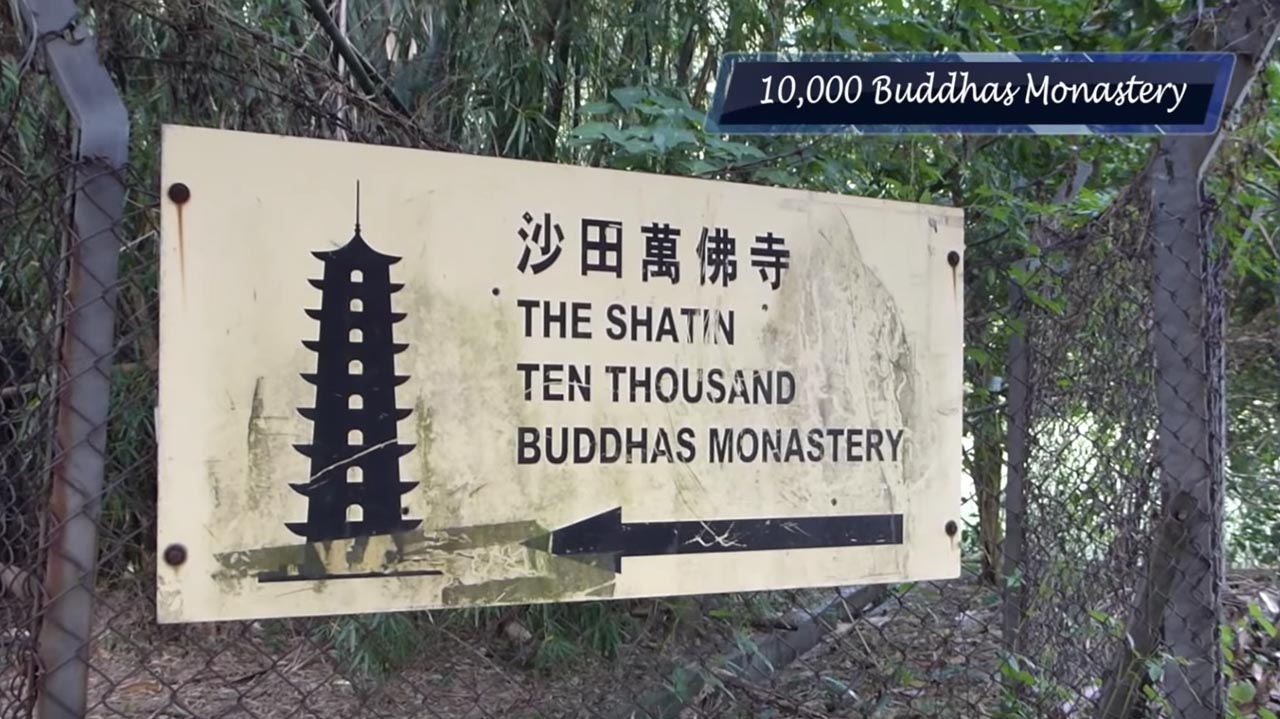
The temple itself is free to enter and open daily from 9 am to 5:30 pm, and even has a small Buddhist restaurant on site that serves vegetarian food.
In terms of crowd level, it’s usually not terrible (considering the challenge of getting there!), with the exception of during Chinese New Year.
And take note—be sure to wear a comfortable pair of shoes.
All in all, the Ten Thousand Buddha Monastery is a fantastic way to spend a day in Hong Kong, but not recommended for those with mobility issues…or a fear of monkeys!
By KT Browne
Pin to Save to Pinterest
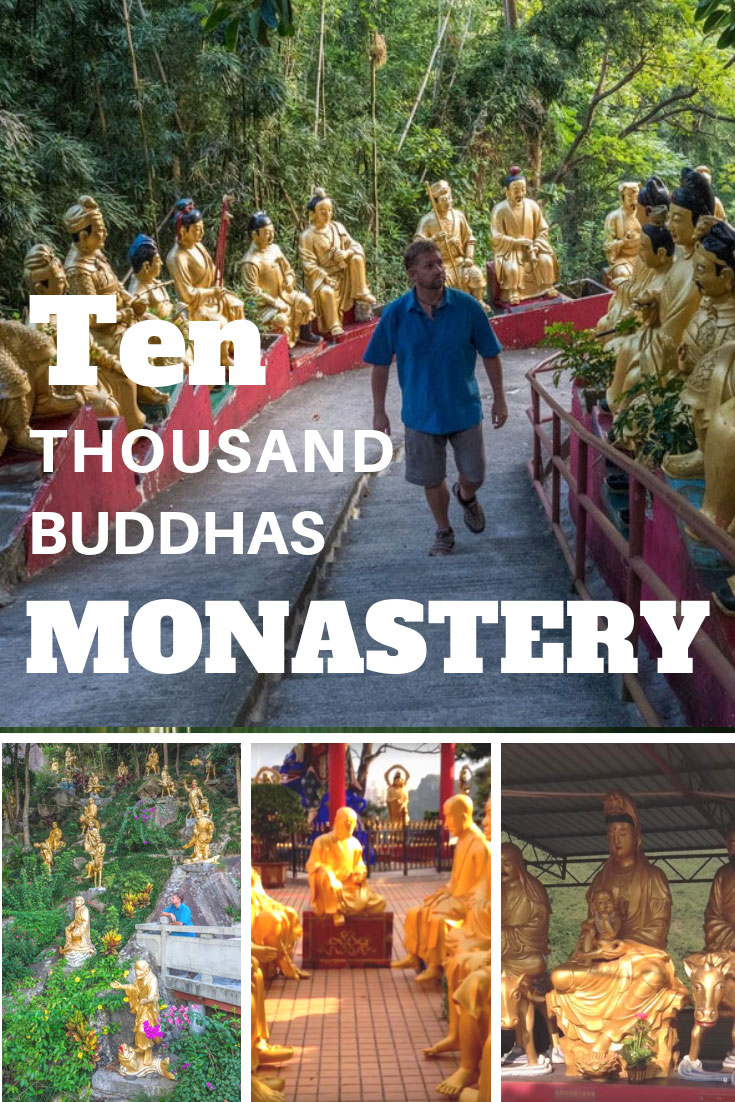

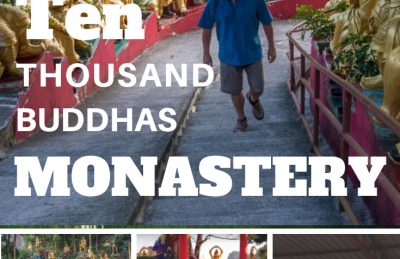
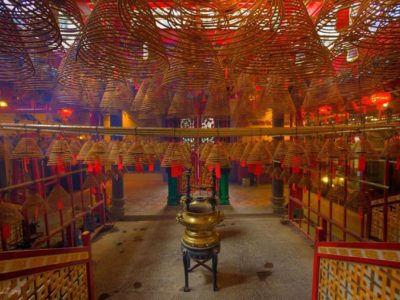
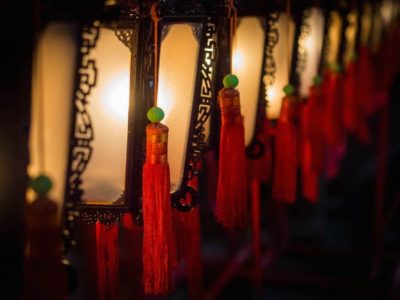

Was at the site yesterday and truly enjoyed it indeed. It should be noted that, perhaps its operation hours are temporary due to the pollical situation here in HK at the moment, the site closes at 3 PM.
I also recommend that future travelers to go via the “shortcut” path I obtained at the HomeSquare mall customer service desk. They even provided a map that depict (Po Fook Hill- cremation cemetery. The “short cut” isn’t as scenic as the entrance is going the “long way” as it’s a lot of stairs and steep inclines too. But well worth it for the views and the peacefulness and the delicious scents of food being cooked by the locals along the stream running through the area. Lots of signage to keep on the (one obvious) path to take to get to the monastery.
Great post and advice. Very useful information, it clarified things a lot for us. Thanks for the wonderful blog.- dentist in peoria,dentist in peoria il
I just love visiting Temples when I’m in Asia. Missed out on the 10 thousand Buddha’s temple when I was in Hong Kong. A great excuse to go back there. Looks amazing.
I went to this place was amazed on the amount of statues and that all are different. I also loved the shops on the bottom of the hill, such an interesting cultulre to dicover!
Pics are very nice, Nice post